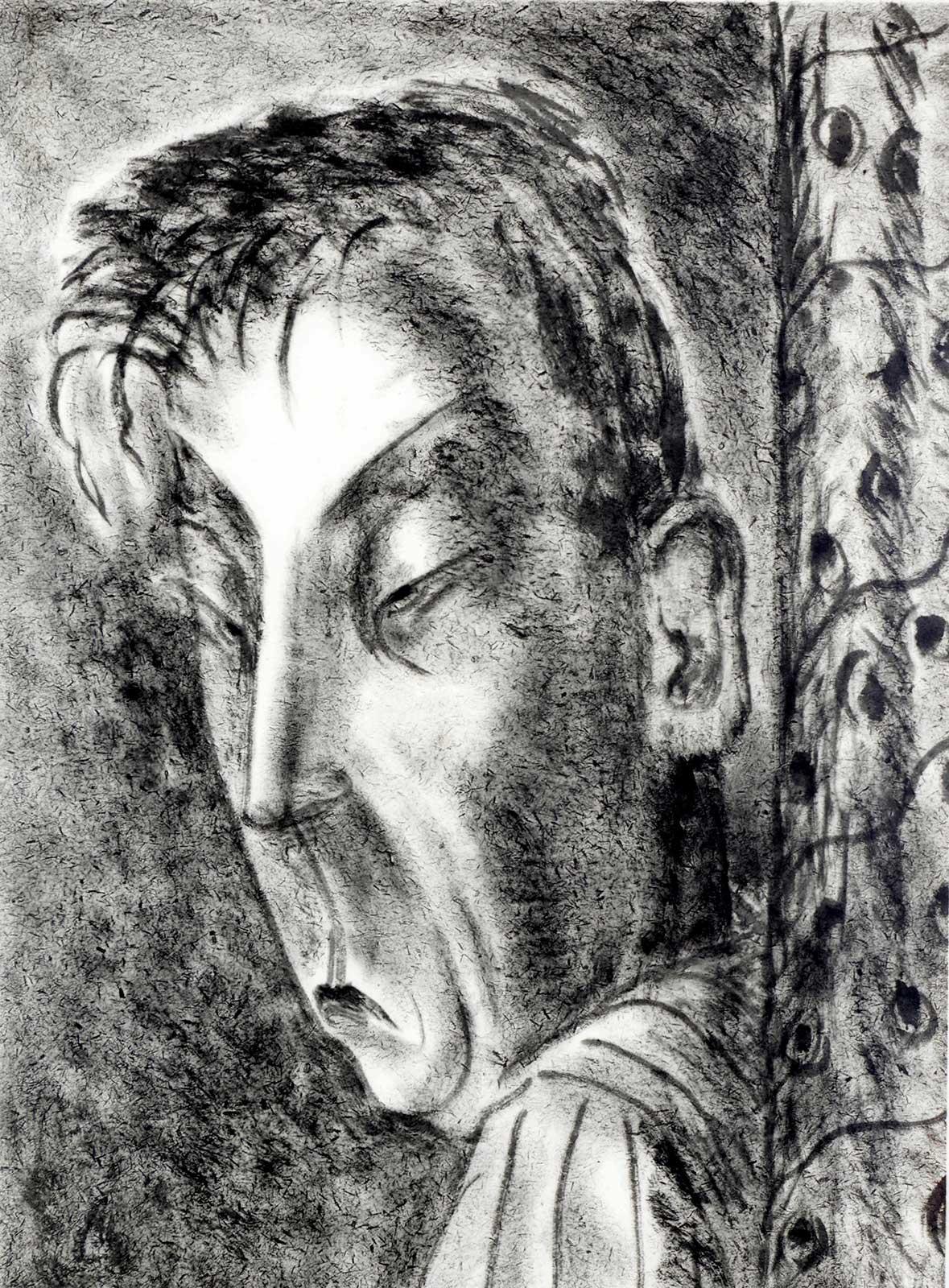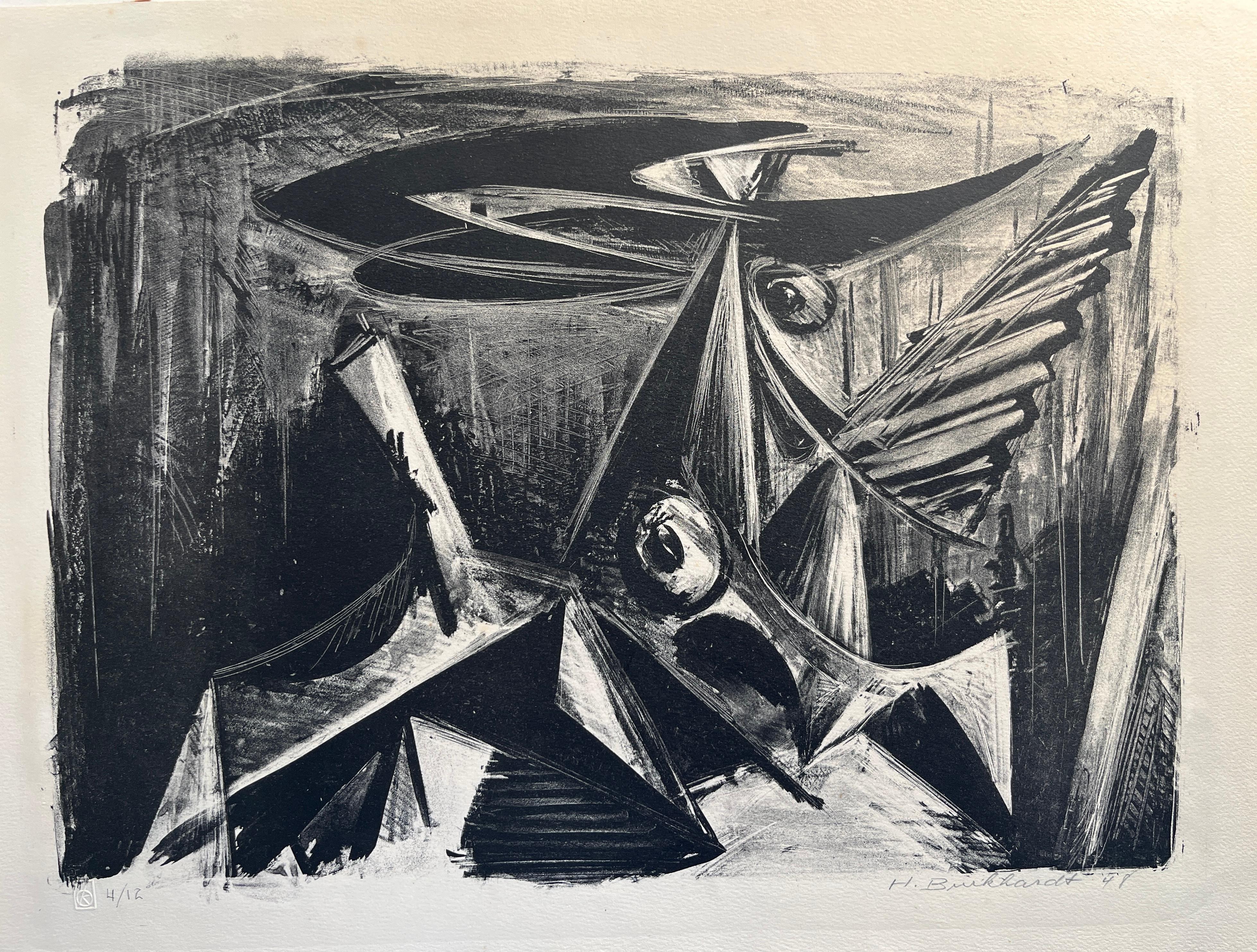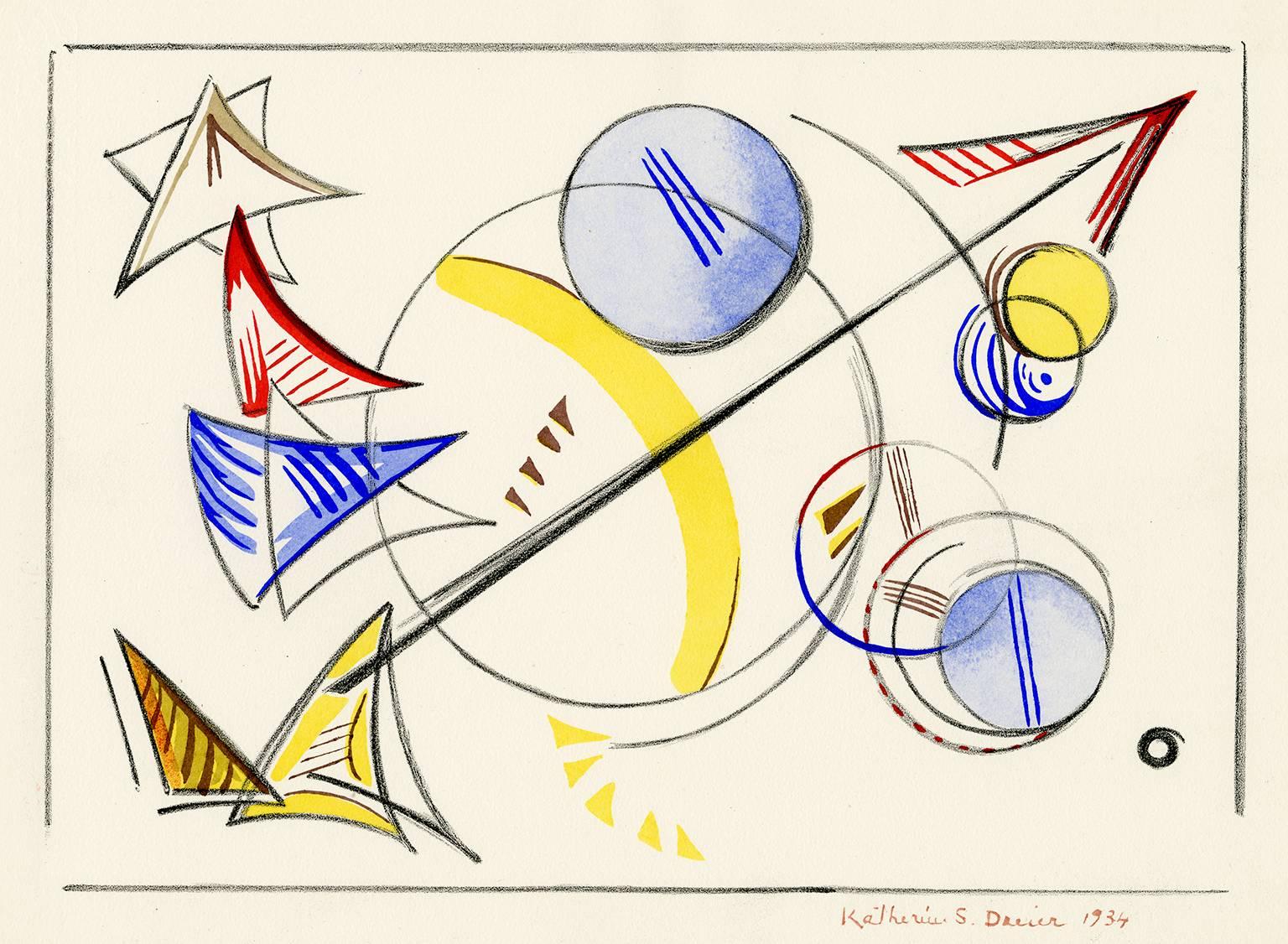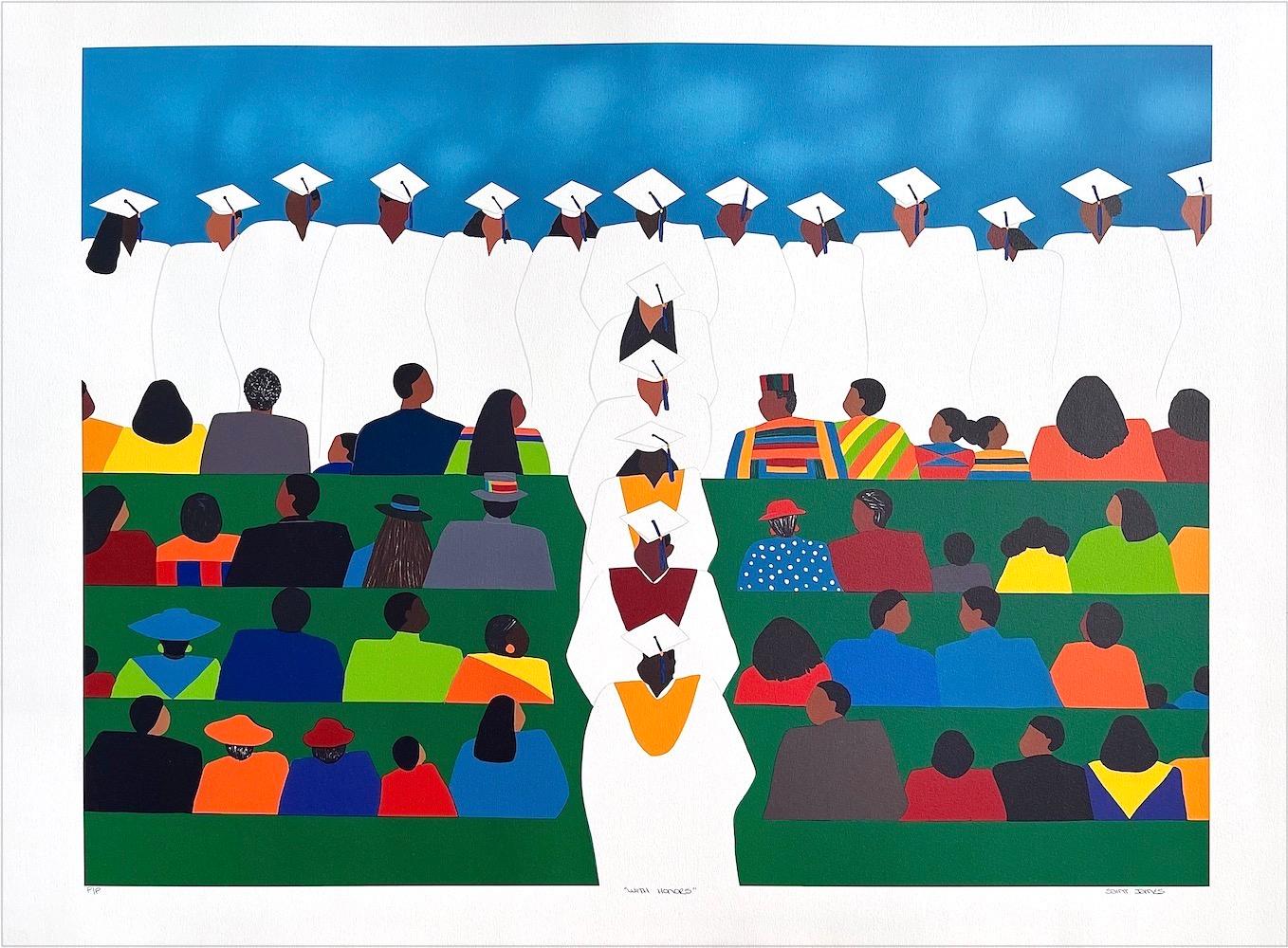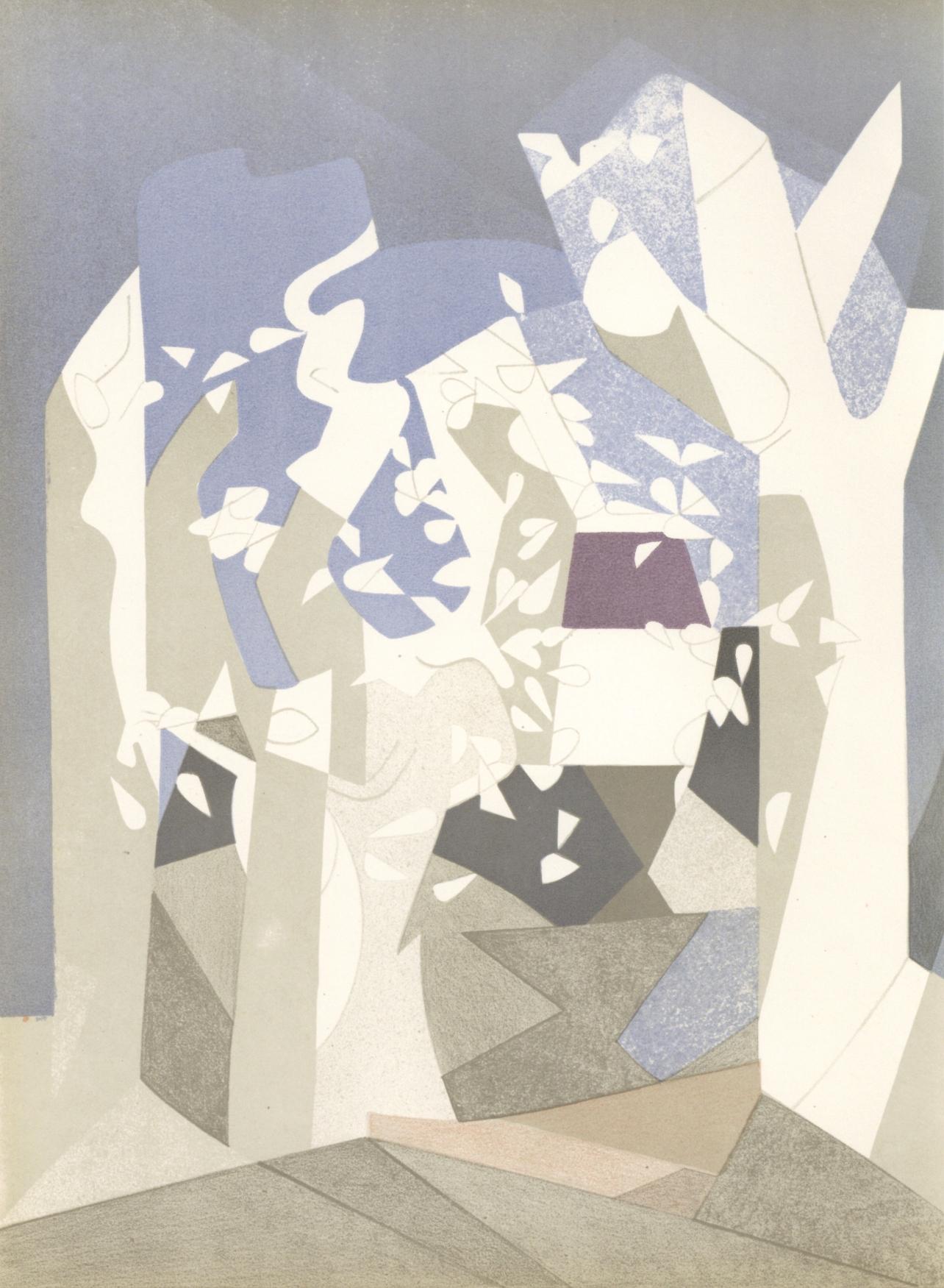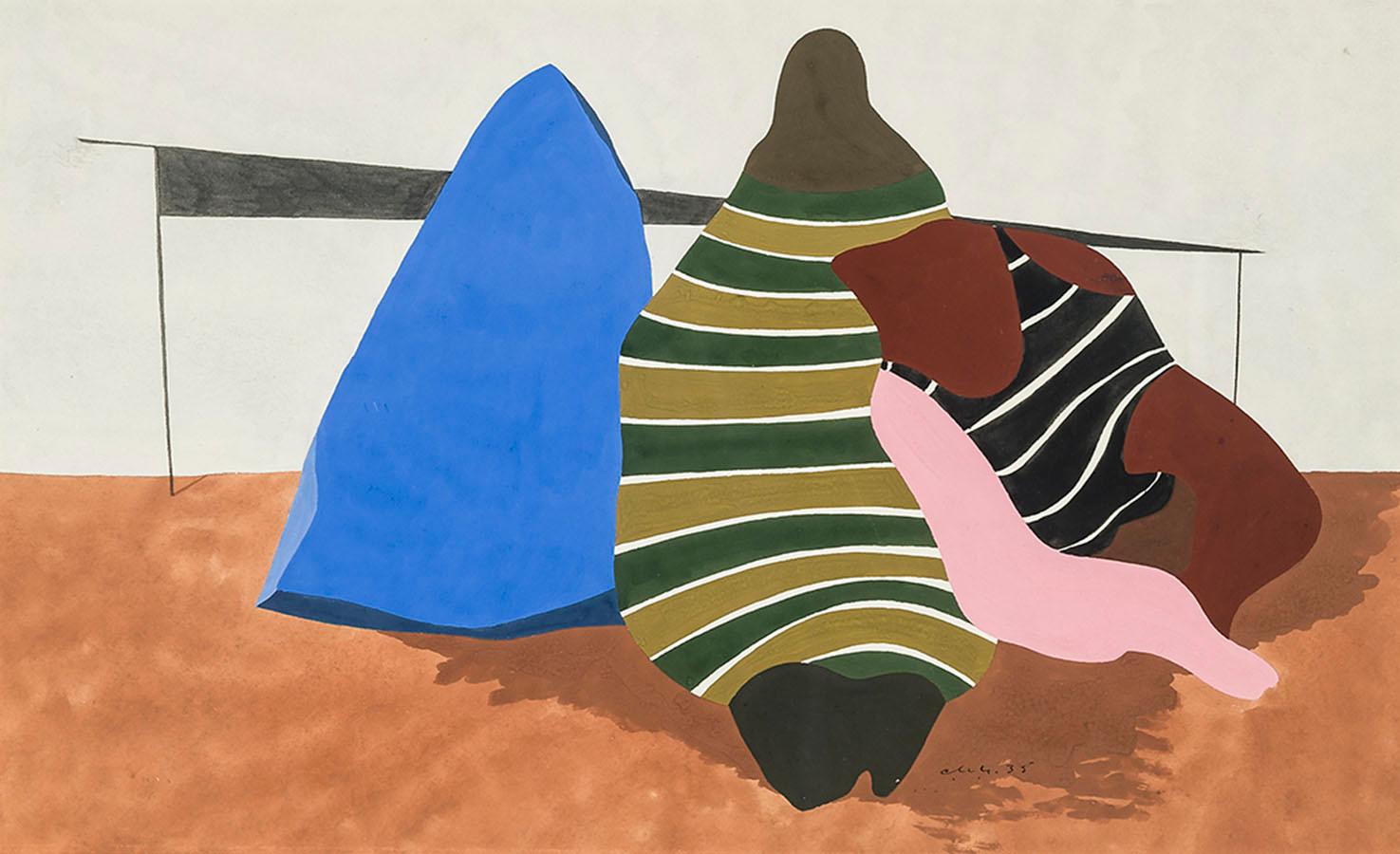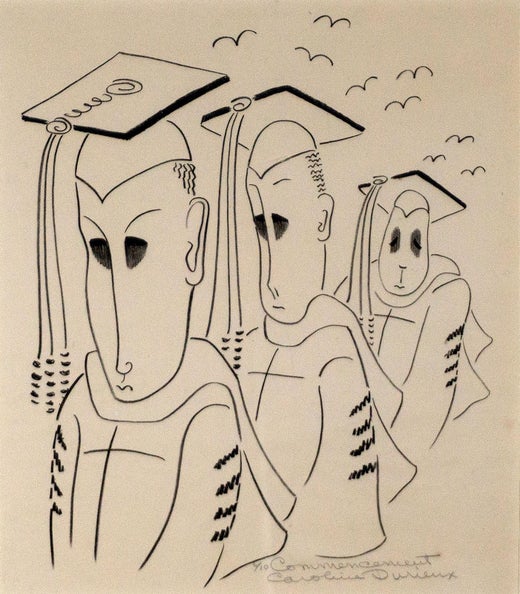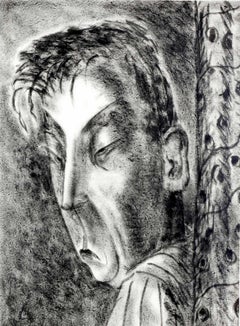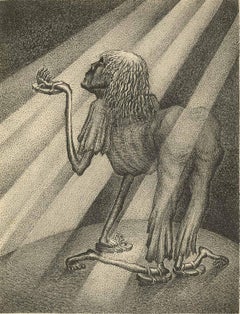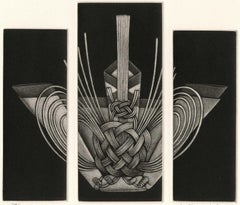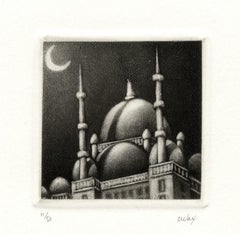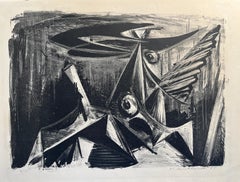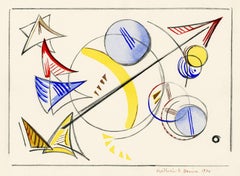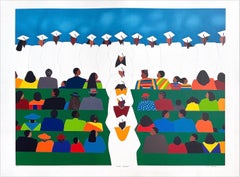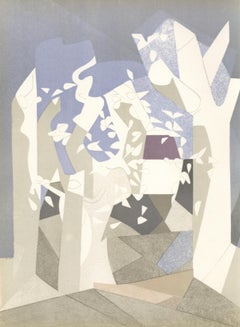Caroline DurieuxCommencement1946
1946
About the Item
- Creator:Caroline Durieux (1896 - 1989, American)
- Creation Year:1946
- Dimensions:Height: 10.75 in (27.31 cm)Width: 7.5 in (19.05 cm)
- Medium:
- Movement & Style:
- Period:
- Condition:
- Gallery Location:New Orleans, LA
- Reference Number:1stDibs: LU841311492982
Caroline Durieux
Caroline Durieux was a printmaker, painter, satirist, innovator and social activist. She was born in New Orleans and was already making sketches, by the age of four. Her formal art training was at Newcomb College (1912–17) and the Pennsylvania Academy of Fine Arts (1918–20). Carl Zigrosser of the Philadelphia Museum of Art encouraged Durieux to try lithography. While living in Mexico, she learned lithography from Emilio Amero and later, worked with Diego Rivera and the other Mexican masters. Her lithographs of the 1930s and 1940s rank as some of the finest satirical pieces ever made. Durieux joined the art faculty at Newcomb College and taught there from 1938–43. She also served as the director for Louisiana’s WPA Art Project, which she administered without regard for the race of the participants, within a segregated society. In 1943, she left New Orleans to teach at Louisiana State University, wherein in the early 1950s, she began experimental work on electron printmaking, demonstrating the peaceful use of atomic technology. She also successfully produced the first color cliché verres, while simultaneously, perfecting her technique for making electron prints. Durieux’s work is exhibited in the Museum of Modern Art, the Chicago Art Institute, the National Gallery of Art, the New Orleans Museum of Art, the Library of Congress and the Philadelphia Museum of Art.
- ShippingRetrieving quote...Shipping from: New Orleans, LA
- Return Policy
More From This Seller
View All1950s American Modern Figurative Prints
Photographic Paper, Lithograph
1940s American Modern Figurative Prints
Lithograph
1990s Contemporary Abstract Prints
Mezzotint
1980s American Modern Interior Prints
Mezzotint
1930s American Modern Landscape Prints
Etching
1990s Contemporary Portrait Prints
Etching
You May Also Like
1940s American Modern Abstract Prints
Lithograph
Mid-20th Century American Modern Abstract Prints
Watercolor, Lithograph, Stencil
1990s Contemporary Figurative Prints
Lithograph
1960s Modern Figurative Prints
Lithograph
20th Century American Modern Abstract Drawings and Watercolors
Paper, Watercolor, Gouache, Graphite
1930s American Modern Figurative Prints
Drypoint
